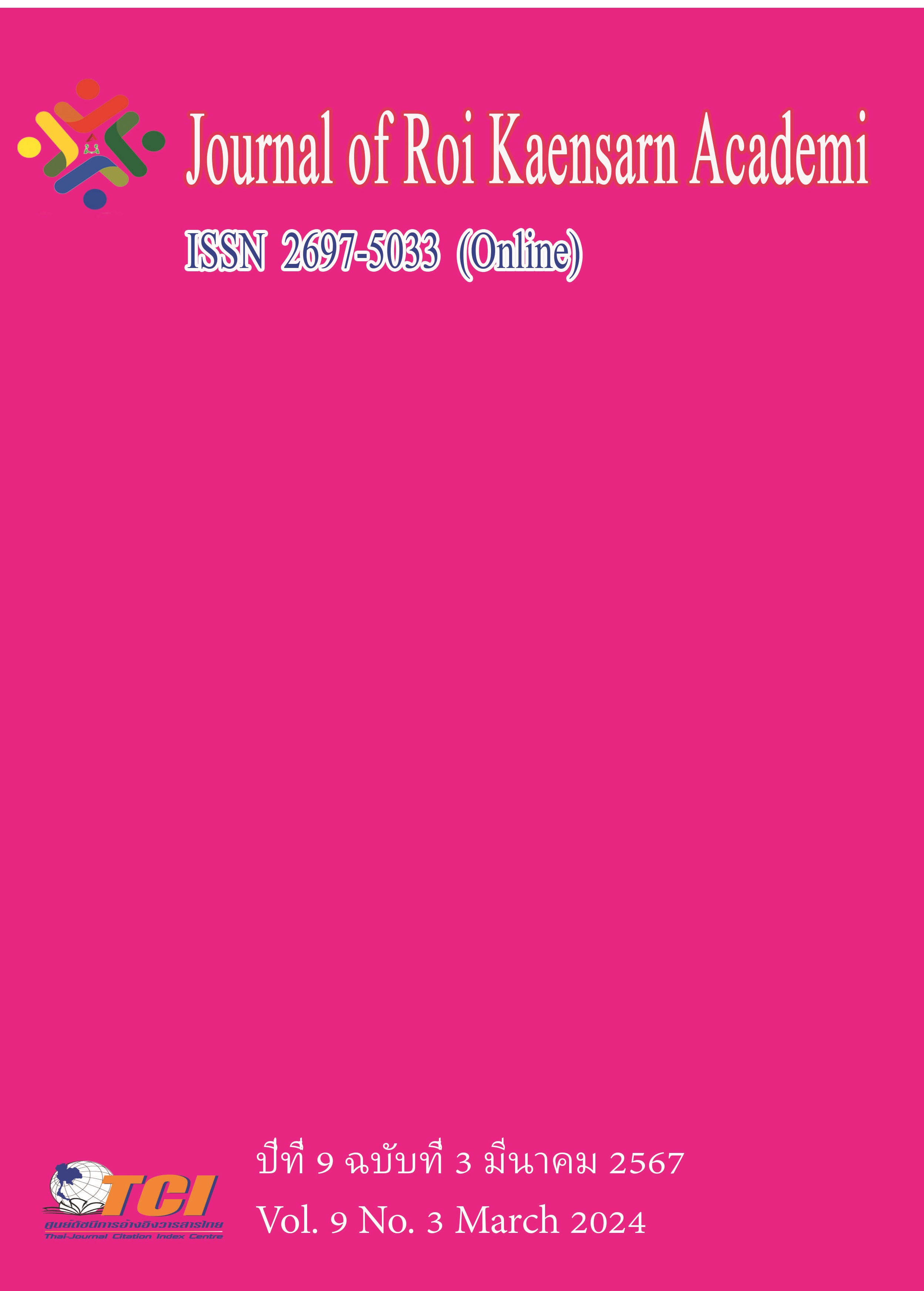The Reviews of Chorus Teaching Research in China
Main Article Content
บทคัดย่อ
From the perspective of choral art, music and language are inseparable, and choral language can be divided into three aspects: vocal music, melody and lyrics. In other words, if choir leaves language, it will lose its soul and lose the charm of vocal art itself, which indicates that language plays an extremely important role in choir. China has a long history and a broad and profound culture, and there are significant differences in the pronunciation and structure of words in its language and characters, which directly determines the different vocal techniques. In addition, some choir conductors or choir members pay too much attention to vocal skills and ignore learning pronunciation methods, or are deeply influenced by regional spoken accents, resulting in pronunciation difficulties and difficulty in fully expressing the true connotation of songs. Influence the stylistic features of the whole choral work. This article presented The reviews of Chorus teaching research in China.
Article Details
เอกสารอ้างอิง
Gao, Y. (2022). Repertoire selection of vocal teaching in colleges and universities of Cantonese songs in the "Cantonese dialect" dialect area. Art Criticism. (6), 104-106.
He, R. (1986). Cantonese Songs, Language, Computer Comics. Journal of Xinghai Conservatory of Music. (2), 2.
Li, A. (2021). Cultural paths and implications of Cantopop songs. Sichuan Drama. (3), 146-148.
Liang, T. (2019). Notes on the creation of the song "Love Our Home". Lingnan Music. (5), 2.
Lin, M. (2015). "The Battle of the Wheat King" Flag-waving Cantonese Song Defense. News World. (4), 2.
Wan, S. (2019). A brief discussion on the development of Cantonese nursery rhymes and their songization. Art Criticism. (19), 2.
Ye, Q. (2020). Teaching strategies for Cantonese nursery rhymes and songs in early grades. Teacher Teaching and Research.
Ye, S. (2018). Place name complexes in Cantopop songs. Ancient Legends Cultural Review. (9), 2.

